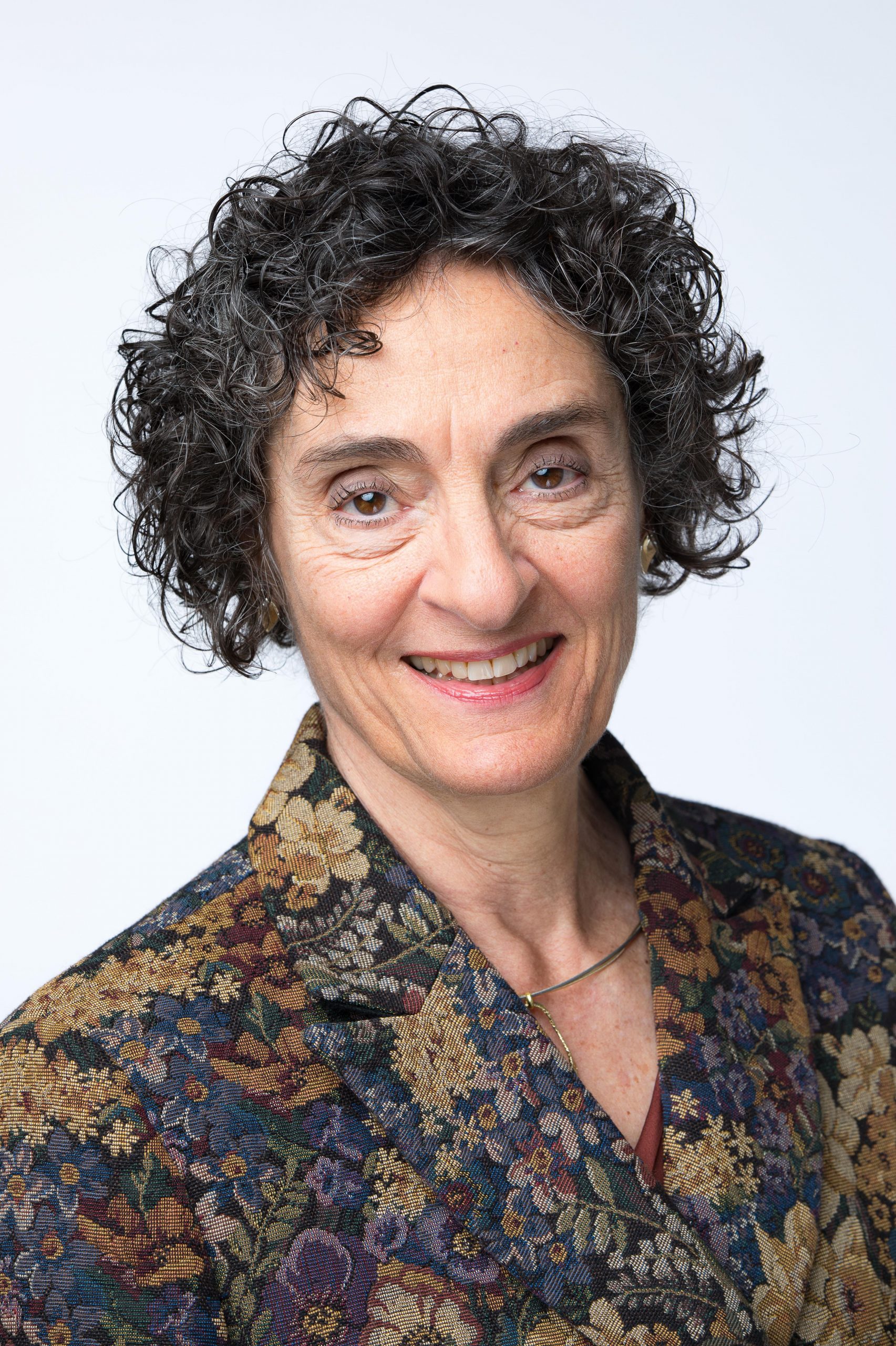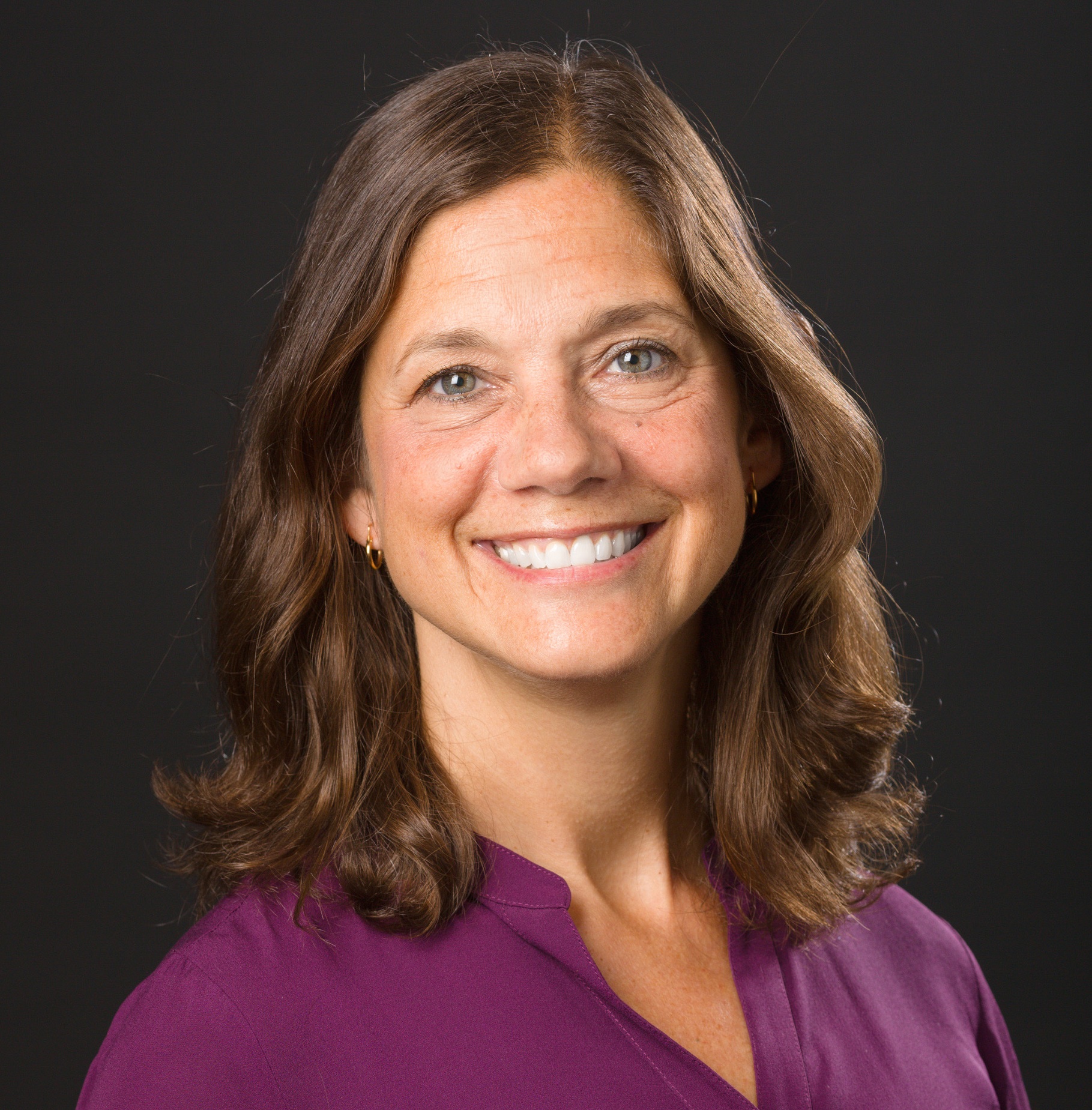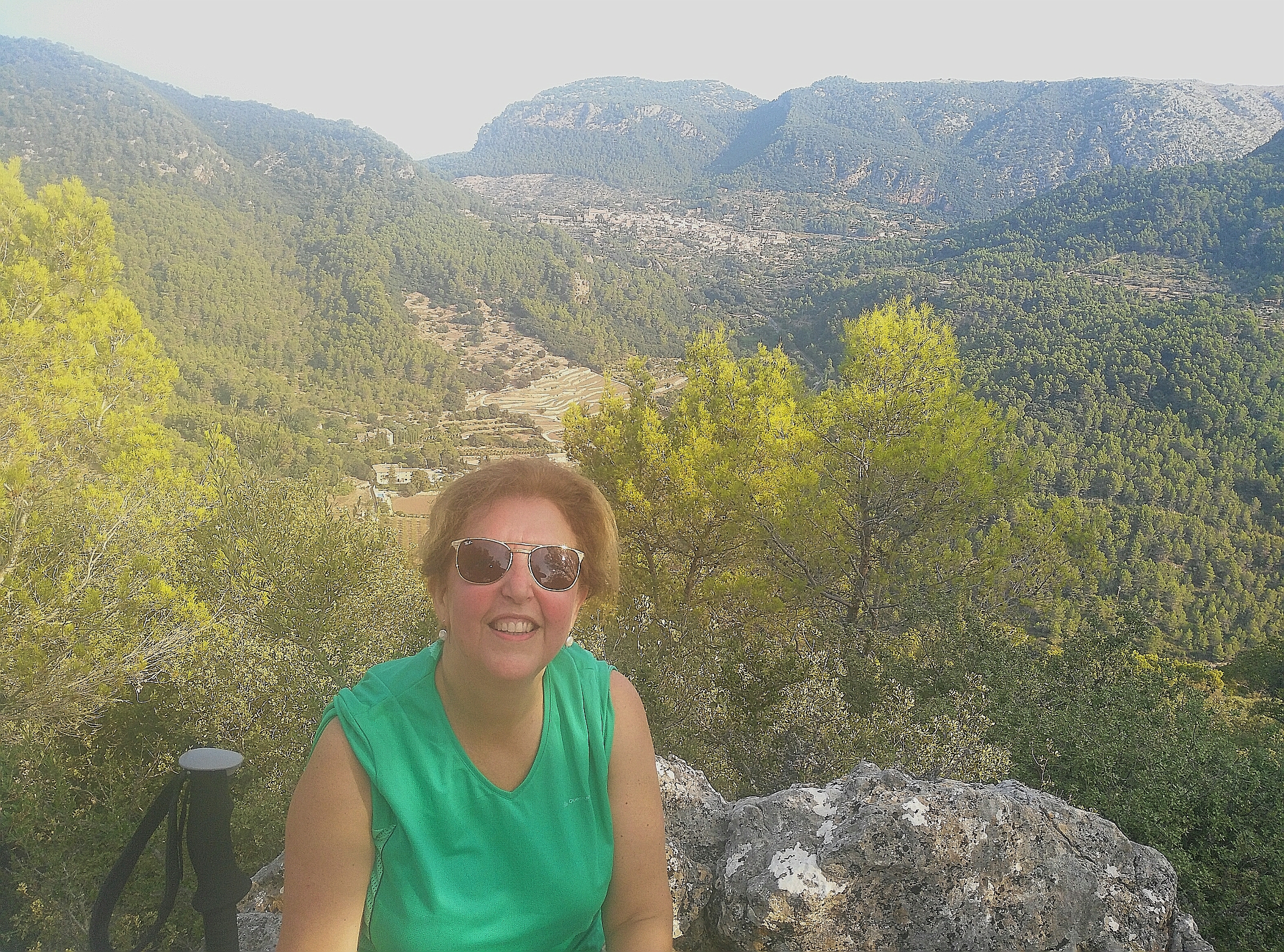
Professor Carla J. Shatz is the first woman who received a PhD in Neurobiology from Harvard and the first woman who become Head of the Department of Neurobiology in the same university. She made breakthrough discoveries about the cellular and molecular basis of early cerebral development. Past President of the Society for Neuroscience, she is Fellow of the Royal Society, an elected member of the American Academy of Arts and Sciences, and of the National Academy of Sciences. Her long list of achievements includes also the Gerard Prize, the Gruber Prize, the Champalimaud Foundation Vision Award and the Kavli Prize in Neuroscience. Last, but certainly not list, here you can find the names of some among the neuroscientists she mentored during her career.
Alina Bondarenko) After completing your undergraduate studies, were you determined to pursue a career in neuroscience or were you considering other directions as well? Which options did you have at that time?
My undergraduate degree was in Chemistry. By my junior year of university, I realized that, although I loved Chemistry, it would not engage me over a lifetime. This realization propelled me directly into the newly born field of neuroscience. In 1968, on the advice of my undergraduate chemistry tutor Frank Westheimer, I reached out to two young faculty members of the newly formed (1966) Department of Neurobiology at Harvard Medical School: David Hubel and Torsten Wiesel. I spent my senior undergraduate year with them in tutorial and lab experience and was enraptured forever by studies of visual system function and development. Upon graduating (Harvard 1969; there was only one other woman chemistry major in my class), I was awarded a Marshall Scholarship to study for 2 years at University College, London. This wonderful honor happened because, unbeknown to me, the Dean of Students nominated me. It was quite unexpected since very few women were selected as Marshall Scholars (and women were not eligible for Rhodes Scholarships in those days). I received an M.Phil. in Physiology in 1971. The experience at UCL was formative and crucially educational- as a chemistry major at Harvard, I had never taken a single course in biology or physiology and so had a lot of catching up to do.
Living in London was exciting and wonderful, but I was anxious to return to the US. The question, though, was: how should I continue my career training? Should I apply to medical school or to graduate school? At the time women were admitted to Medical School, though in small numbers. Two of my uncles were clinical neurologists and both urged me to go to medical school. But several years earlier, Sonia- my paternal grandmother- had a devastating stroke. Not enough was known about the brain and even these two caring physicians could do nothing for Sonia except put her in a wheelchair and consign her to a nursing home. So, my decision was made: Go to graduate school, conduct research and make discoveries that might someday be relevant to help Grandma. When I made this decision, both of my uncles told me that I had made a “fatal career error” by deciding to do a Ph.D. rather than an M.D. When I received the Ph.D. in Neurobiology from Harvard Medical School in 1976, I was the first woman to do so. I felt welcomed and appreciated by Hubel and Wiesel, though at the time I expect that they and the Department were conducting their own “experiment” to see if a woman could succeed. Happily, the experiment proved successful. And eventually one of those neurologist uncles actually took me out to lunch and applauded my decision!
Kofoworola Agunbiade) You are the first woman who received a PhD in neurobiology from Harvard. Could you please give us one example of a situation where you had to be more vocal and assertive than your male colleagues?
As a Ph.D. student, I’m not sure that I ever had to be MORE vocal or assertive than my male colleagues. The environment in the Department of Neurobiology was remarkably supportive. However, please understand that I have always had a forceful personality and I think this trait has been both a strength and a weakness. As a child, my family engaged in many lively intellectual discussions and “arguments” around the dinner table and this family experience prepared me well as a Ph.D. student to hold my own in a scientific discussion (though it was definitely arduous dinner experiences for boyfriends and husband). Perhaps this early training even prepared me too well: Women are not necessarily rewarded or respected for being assertive. A challenge throughout my career has been to achieve a delicate balance on the tightrope between being overly assertive, as opposed to too compliant, since in both cases you end up being ignored. For example, I am not alone in having the experience of gently making a comment at a meeting that is promptly ignored, just to hear the exact same comment being applauded as a great idea when made again by a male colleague a few minutes later. This still happens to me, though these days I don’t hesitate to point it out.
Kofoworola Agunbiade) What was it like to work with Nobel Laureates David Hubel and Torsten Wiesel? How did they ‘shape’ you as a scientist?
The discoveries of Hubel and Wiesel of the columnar organization of circuits in primary visual cortex of animals with binocular vision, which resulted in the Nobel Prize in Physiology or Medicine in 1981, revealed brain circuits of almost crystalline- like perfection. Every day as a Ph.D. student I watched the beauty of visual system organization unfold before my eyes. I thought, “all research must be like this”, with major discoveries rolling off the press constantly! Of course, when I started my own lab, I realized that was not true, but from David and Torsten I learned the joy of research, the importance of articulating and presenting results clearly, and the thrill of going scientifically where few have ventured before. I can’t emphasize this point about venturing into the unknown enough- they described their own experiments as a voyage of discovery. If you view your research as an adventure, you don’t tire easily when difficulties are encountered because difficulties are part and parcel of any good adventure. Hubel and Wiesel were real people- we also played tennis together, ate dinner in lab together when experiments were running over night, went on ski trips and so on. From them I learned that the lab is also a home and your colleagues are your scientific family. Hubel and Wiesel have both been wonderful mentors and scientific parents ever since. But note that I did not have any “Womentors”, since at that time all faculty members in the Neurobiology Department at Harvard Medical School were men.
Alina Bondarenko) Have you ever felt that you, or your work, was treated differently because you were a woman, particularly at the early stages of your career?
I still feel that way. For a while, I thought that this feeling would disappear with success and age, but experience has proven otherwise. Being resilient is really helpful. Having good friends with whom to share your feelings and frustrations is crucial.
Alina Bondarenko) Which ‘leadership’ advice would you give to someone who feels like an outsider?
When I was a student, women were outsiders. Now, happily there is a good representation of women in neuroscience Ph.D. Programs, but not among the professoriate. Women are still forging paths to achieve balance between family and work. And so are men. This is an important time socially, when many men have partners who also have very high- powered jobs and so the challenge of creating a life that can encompass both work and family persists. Being “outside” is not only about gender and diversity. It can also be about being on the periphery of your own research field because you are forging a new scientific path or direction. My advice (which I try to take but not always successfully) is to have compassion and persistence. With compassion comes new ideas for creating a supportive environment based on your own experience. From this work, change can come but only with persistence.
Nadhrah Izmi) You are also the first woman to become Head of the Neurobiology Department at Harvard: what are the achievements you are most proud of?
I am most proud of the achievements of the junior faculty who were hired during my ChairWomanship (2000-2007). All of them are now very successful and all have received tenure: Lisa Goodrich, Bernardo Sabatini, Rachel Wilson, Chenghua Gu. Prior to my time as Chair, the basic science departments at Harvard Medical School had not granted tenure to junior faculty, who were generally expected to move on. This situation created both a gender gap and also an age gap between junior and senior faculty because the same great men who were there when I was a Ph.D. student were still on the faculty 25+ years later. The newly hired young scientists created a fresh environment of excitement and scientific novelty, and also most wonderfully all also managed to start families! They themselves achieved this success; I only helped by providing adequate resources and trying to create a positive and supportive environment in which they were expected succeed.
Faissal Sharif) It seems like students around the world are being taught with your explanation of the Hebbian theory ‘Cells that fire together, wire together’. What was the origin of that phrase? Did you expect that it would catch on?
It amuses me that the phrase is frequently attributed to Donald Hebb. In fact, I coined that phrase and used it often in lectures and seminars beginning in about 1989-1990, when my lab discovered the existence of spontaneously generated waves of activity in the developing retina (Meister et al, Science 1991; Shatz, Scientific American 1992). The phrase helps to explain how spontaneous neural activity during visual system development can drive synapse remodeling, resulting in highly ordered connections between eye and brain in which nearest neighbor relationships are preserved. The 2 key requirements for ‘Cells that fire together, wire together’ are 1) that groups of closely neighboring retinal ganglion cells (RGCs: the output neurons of the eye) are synchronously active, and 2) that there are Hebbian-based synaptic mechanisms similar to LTP (for strengthening) or LTD (for weakening out of synch inputs) at developing retinogeniculate synapses. It took us a number of additional years to prove that these endogenous patterns of retinal waves are relayed by the RGCs to their target LGN neurons in thalamus and drive Hebbian mechanisms of synaptic plasticity.
I’ve always been interested in the “nature vs nurture” question: That is, the question of how much connectivity is hard wired versus how much is tuned up by sensory experience driven by neural activity. When I set up my own lab at Stanford as an Assistant Professor, it occurred to me that by studying the development of connections between the retinal ganglion cells and their target LGN neurons it might be possible to address this question. The connections from eye to LGN are a developmental biologist’s dream because they are relatively accessible and highly stereotyped: In adult, retinal ganglion cells from each eye form connections with LGN neurons in separate but adjacent eye-specific layers. Prior to work from my lab, it had been generally assumed that the LGN layers had to be hard wired because they form prior to birth, well before the rods and cones function and before visual experience.
In the visual system of binocular mammals, this eye-specific segregation of RGCs is not present at the beginning of development. We showed that the eye-specific layers emerge as RGC axons remodel by pruning away sets of inappropriately located synapses and by growing and strengthening correctly located ones. We also found that these early synapses are functional and that the pruning process, which occurs long before vision, requires neural activity. Blocking action potential activity prevented eye-specific segregation. This observation surprised many at first but provided important evidence against the argument that connections are entirely hard-wired. On the other hand, blocking action potential activity did not alter the targeting of RGC axons to the LGN or the initial formation of the retinotopic map, both of which we know now are dependent on hard-wired molecular guidance cues, underscoring the dynamic interplay between “nature and nurture”.
The biggest surprise of all came when our lab discovered that the type of neural activity needed for LGN layer formation is generated spontaneously by the RGCs in the form of highly correlated “waves” of firing that sweep across the retina. This discovery was completely unexpected and happened at Stanford during a wonderful collaboration between Rachel Wong, at the time a postdoc in my lab and now a Professor at University of Washington, and Markus Meister, a postdoc in Denis Baylor’s lab and now a professor at Cal Tech. We used what was then a novel method of multielectrode recording to monitor simultaneously the neural activity of well over 50 retinal ganglion cells and found, incredibly, that even in the dark and prior to vision, neighboring RGCs in the eye fire action potentials synchronously. Subsequently, my lab showed that this synchronous activity is relayed to LGN neurons. These discoveries in the late 1980’s and 1990’s made me think about how Hebb synapses might function in developing systems, and I coined the phrase, “cells that fire together wire together” to help explain and teach the concept to students and audiences.
Nadhrah Izmi) Looking backwards, what advice would you give to your 20-something-year-old self?
I would have told myself to check my fertility status! When I left home at age 16 to go to college, I had no idea what I might become. If you had asked me then to predict my future, I would have said that the one certainty is that I would be married with children. It is incredible to me that my life has turned out so differently. Back then, there were no role models to lead the way. I married, but waited until my scientific career was fully established and I had received tenure before embarking on creating a family, only to learn that it was too late to have children. I was an “experiment” in early in vitro fertilization techniques, which were unsuccessful despite many attempts. Nowadays there are so many options – and my advice to my 20-something year old self is to have a fertility evaluation and take appropriate steps. Though I don’t have biological offspring, there is still a silver lining. Over the years, I have been truly privileged to have incredible students and postdocs in the lab; these are my scientific children, and now even grandchildren (google Carla J. Shatz Family Tree – Neurotree). Without them, none of the discoveries would have happened. These extraordinary people- many now colleagues and friends- are not only talented and creative, but they have also had the courage to join me on the scientific journey, which has often ventured into unknown and controversial territory. There is no adequate way to express my gratitude to them.






 Professor Helga Nowotny is Former President of the ERC, the European Research Council and one of its Founding Members. She is Professor emerita of Science and Technology Studies, ETH Zurich and Nanyang Technological University Visiting Professor (source:
Professor Helga Nowotny is Former President of the ERC, the European Research Council and one of its Founding Members. She is Professor emerita of Science and Technology Studies, ETH Zurich and Nanyang Technological University Visiting Professor (source: 
